In response, or rather, continuing on from your lineage of artists taking influence from Titian I'd like to add the current crop. Talking here of Cecily Brown who seems to take Auerbach back into large scene and narrative painting, where the paint itself takes on the orgiastic energy of the sexual encounters she's depicting.
Michael Raedecker, whom i personally like very much and who's limited palette is enlivened by his free use of application and unusual use of materials, often pouring the paint and manipulating the settling pools, dunking wool into the wet paint to make bushes and trees.
However the two painters I'd like to talk about in a little more depth are Matthias Weischer and Neo Rauch. You can look at their art on the website http://www.eigen+art.com/ which is a brilliant website in its layout and ease of use. Weischer is an artist who seems to have been hugely influenced b y David Hockney, he in fact won a competition to work alongside hockney in L.A and in my opinion surpasses hockney in his articulation of cubist ideals, manipulating how objects relate to their environment by twisting shadows etc. I think it is really exciting in contemporary painting how we can now go back and use various devices which have been employed by artists, in turn invigorating how we are explaining our own experience of the world.
y David Hockney, he in fact won a competition to work alongside hockney in L.A and in my opinion surpasses hockney in his articulation of cubist ideals, manipulating how objects relate to their environment by twisting shadows etc. I think it is really exciting in contemporary painting how we can now go back and use various devices which have been employed by artists, in turn invigorating how we are explaining our own experience of the world.
 y David Hockney, he in fact won a competition to work alongside hockney in L.A and in my opinion surpasses hockney in his articulation of cubist ideals, manipulating how objects relate to their environment by twisting shadows etc. I think it is really exciting in contemporary painting how we can now go back and use various devices which have been employed by artists, in turn invigorating how we are explaining our own experience of the world.
y David Hockney, he in fact won a competition to work alongside hockney in L.A and in my opinion surpasses hockney in his articulation of cubist ideals, manipulating how objects relate to their environment by twisting shadows etc. I think it is really exciting in contemporary painting how we can now go back and use various devices which have been employed by artists, in turn invigorating how we are explaining our own experience of the world. Neo Rauch is a painter who strikes a chord with me, I'd equate him, rather like Poussin, to opera. If you want to appreciate him you ahve to accept his conventions, his use of colour for one is something that I have only learned to like recently, his positioning of figures in space however is without debate second to none in contemporary practice. The characters that infiltrate his pictures are afflicted by what one can only describe as the modern condition, however their impact is heightened by the mythological aura of Sisyphus (doomed to push a boulder up a hill for eternity) or Icarus, two stories that are particularly pertinent in the isolating shroud of todays capitalist culture. The iconography is personal and is not meant to be understood as a narrative vessel, instead, the paintings convey a mood.
a boulder up a hill for eternity) or Icarus, two stories that are particularly pertinent in the isolating shroud of todays capitalist culture. The iconography is personal and is not meant to be understood as a narrative vessel, instead, the paintings convey a mood.
 a boulder up a hill for eternity) or Icarus, two stories that are particularly pertinent in the isolating shroud of todays capitalist culture. The iconography is personal and is not meant to be understood as a narrative vessel, instead, the paintings convey a mood.
a boulder up a hill for eternity) or Icarus, two stories that are particularly pertinent in the isolating shroud of todays capitalist culture. The iconography is personal and is not meant to be understood as a narrative vessel, instead, the paintings convey a mood.



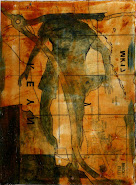

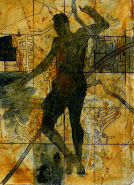

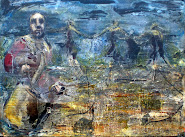

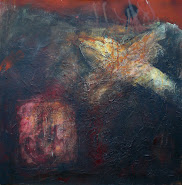

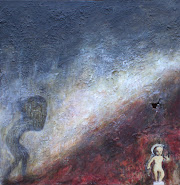

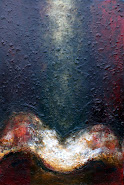

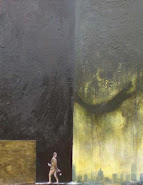



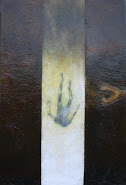





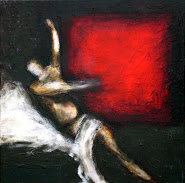


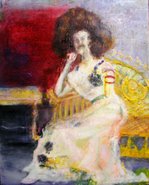
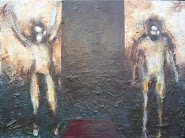


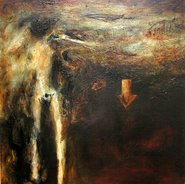
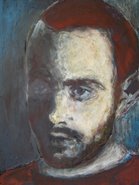
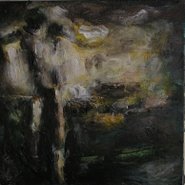
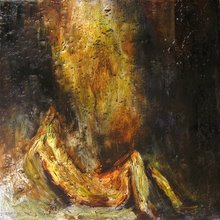
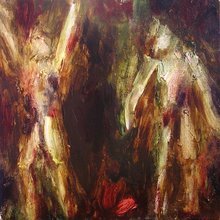
No comments:
Post a Comment